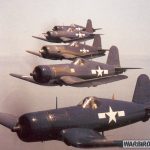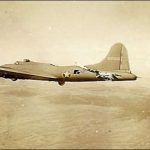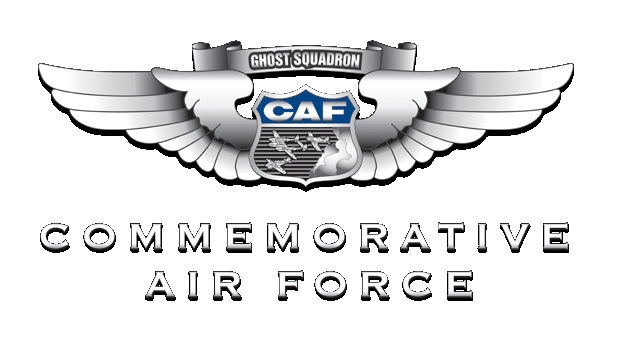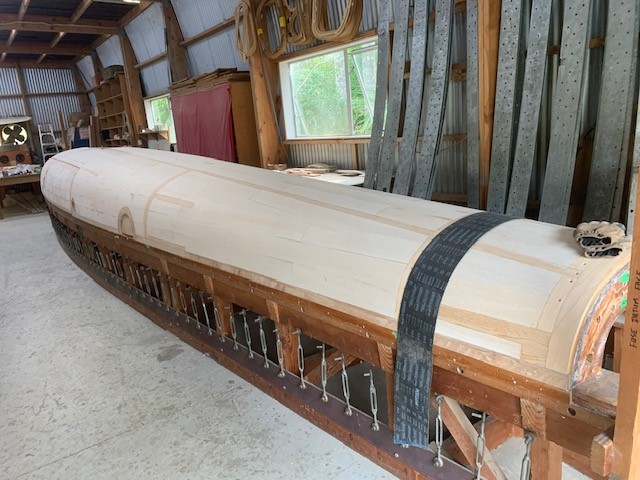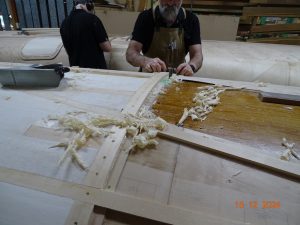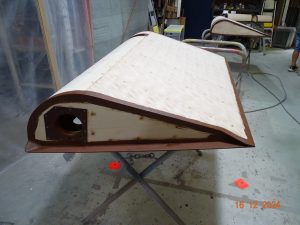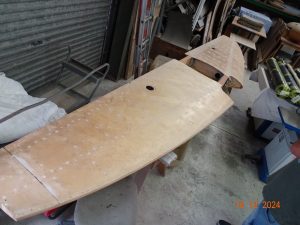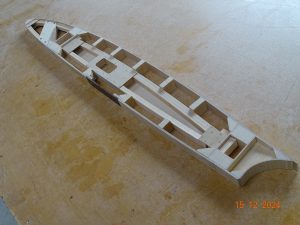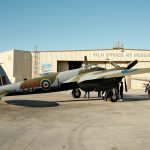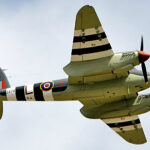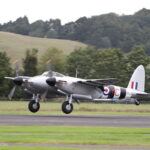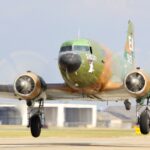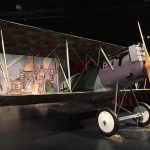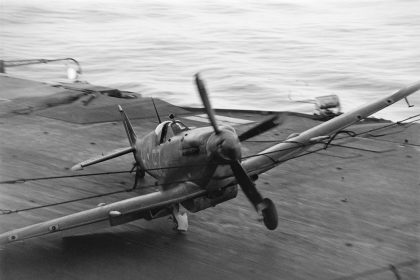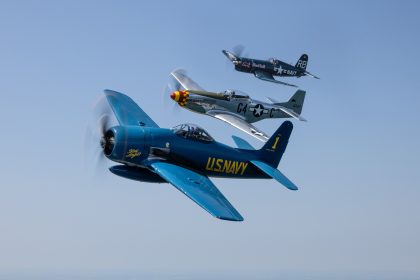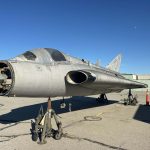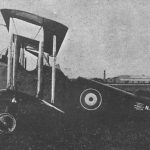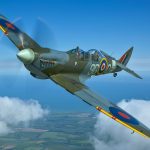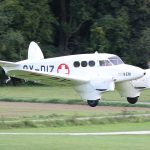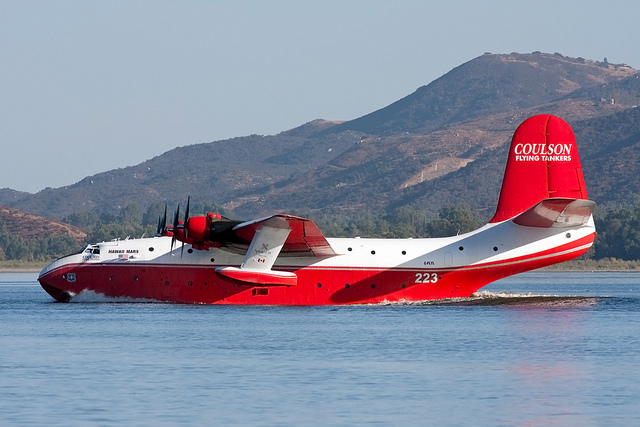We recently received an update from Darren Dray, Commercial Manager of FlyaSpitfire.com and the Biggin Hill Heritage Hangar, regarding the restoration of de Havilland Mosquito FB MKVI TE881 / NZ2345. Unlike the aluminum airframes typically restored by the engineers at the Spitfire Company Biggin Hill, this project is being undertaken by Mosquito Aircraft Restoration and AVSpecs in New Zealand, the world-renowned specialists in rebuilding the legendary “Wooden Wonder.”
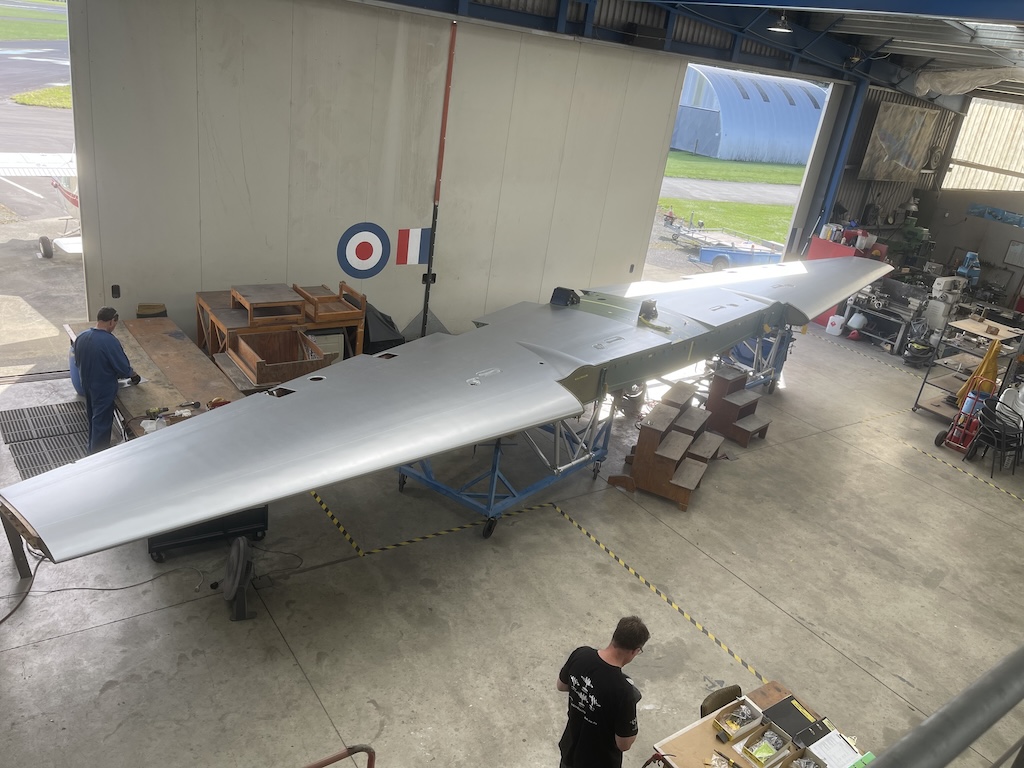
Mosquito FBVI RNZAF NZ2345, originally designated TE881, was built by Standard Motors and delivered sometime between May 27 and December 21, 1945. It was ferried from the United Kingdom by an RAF/RNZAF crew and brought on charge at Ohakea on May 28, 1947. Shortly after its arrival, the aircraft was moved to Woodbourne for storage. On June 30, 1955, it was declared surplus under SR83/55 and sold via GSB tender number 6326 to the Williams Brothers, who operated as ANSA Orchard Equipment Co. in Nelson. Known for fabricating innovative orchard equipment using surplus RNZAF aircraft, the Williams Brothers acquired the Mosquito with just 69 hours and 35 minutes of airframe time. Substantial parts of the aircraft were later obtained by collector John Smith and stored at his property in Mapua. Following his passing in August 2019, the remains of TE881 were discovered and recovered during the clearing of his collection, paving the way for its current restoration. After Smith’s passing, the aircraft was rediscovered and recovered, setting the stage for its current restoration by AVSpecs.
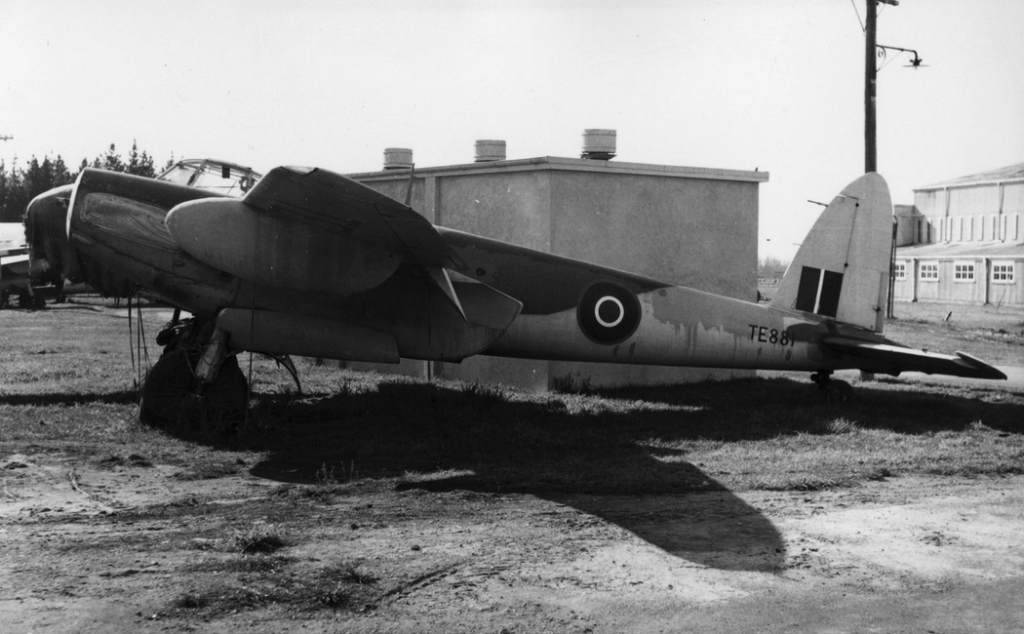
Dray shared with Vintage Aviation News that before Christmas, the engineering quality team from The Spitfire Company (Biggin Hill) visited the Mosquito Aircraft Restoration and AVSpecs in New Zealand to check on the project’s progress. The restoration is advancing well, with the main wing section completed along with various control surfaces. The two halves of the fuselage are also taking shape on the moulds and should soon be ready for assembly.
Armed with four Browning .303 caliber machine guns in the nose and four Hispano 20mm cannons in the belly, the FB.VI was a formidable aircraft. It was also equipped with bomb bay doors that allowed it to carry two 500lb bombs internally, with an additional two mounted externally on the wings. The Mosquito’s speed and versatility made it ideal for low-altitude special operations, such as the legendary Operation Jericho. During this daring mission, nine FB.VI Mosquitos bombed the walls of Amiens Prison in German-occupied France, allowing over 250 prisoners to escape.

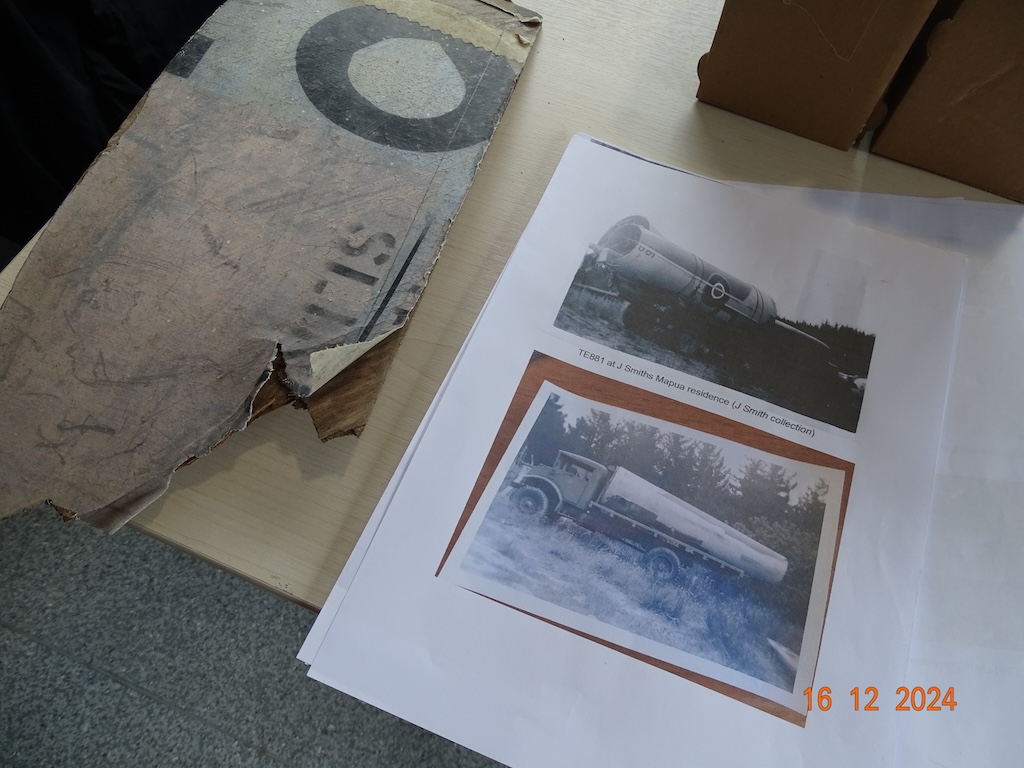
With only a handful of airworthy Mosquitos remaining, most of which are based in the USA, Canada, and New Zealand, the return of TE881 to the UK will be a significant and highly anticipated event for aviation enthusiasts. Read all our articles about this incredible aircraft, click HERE.





